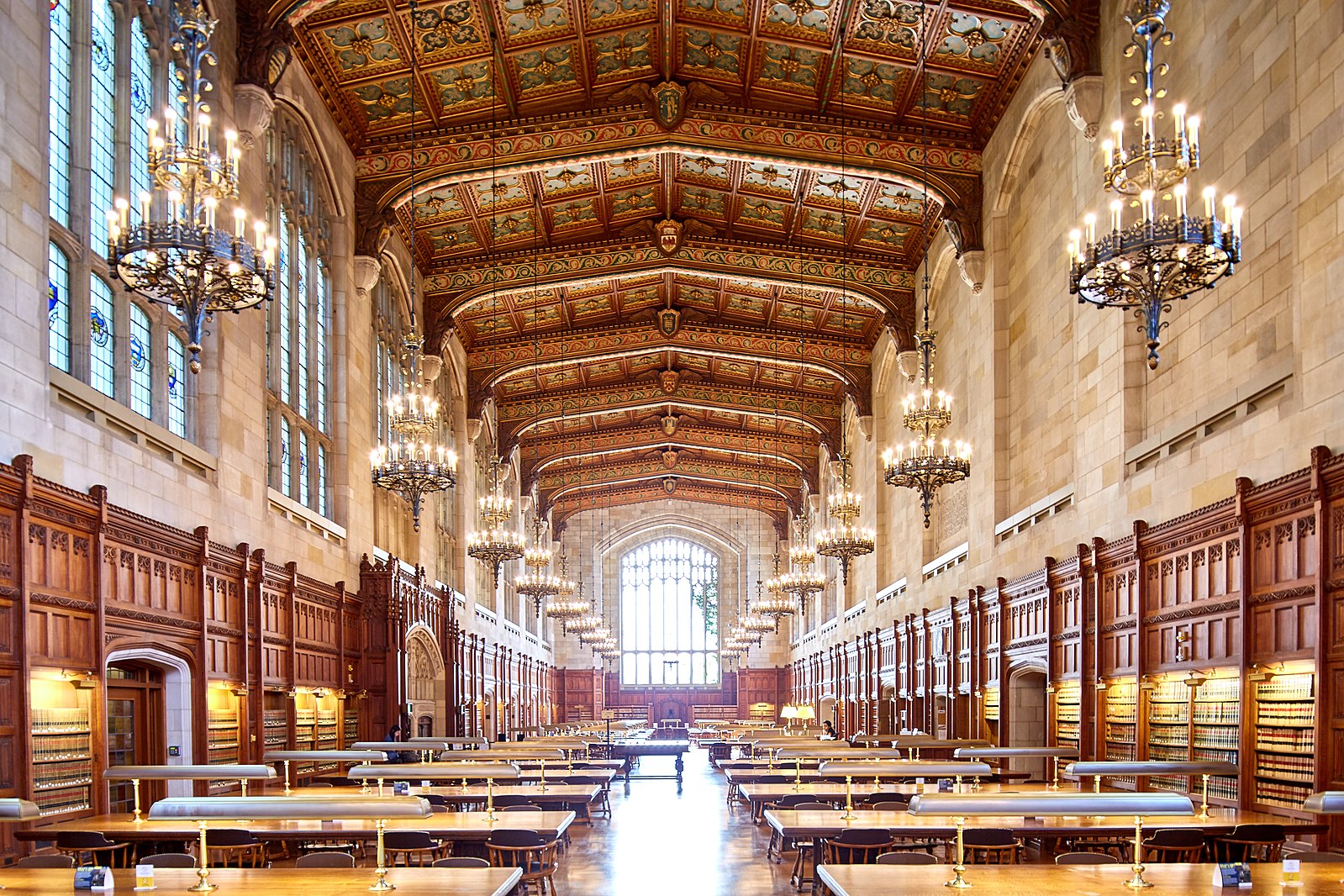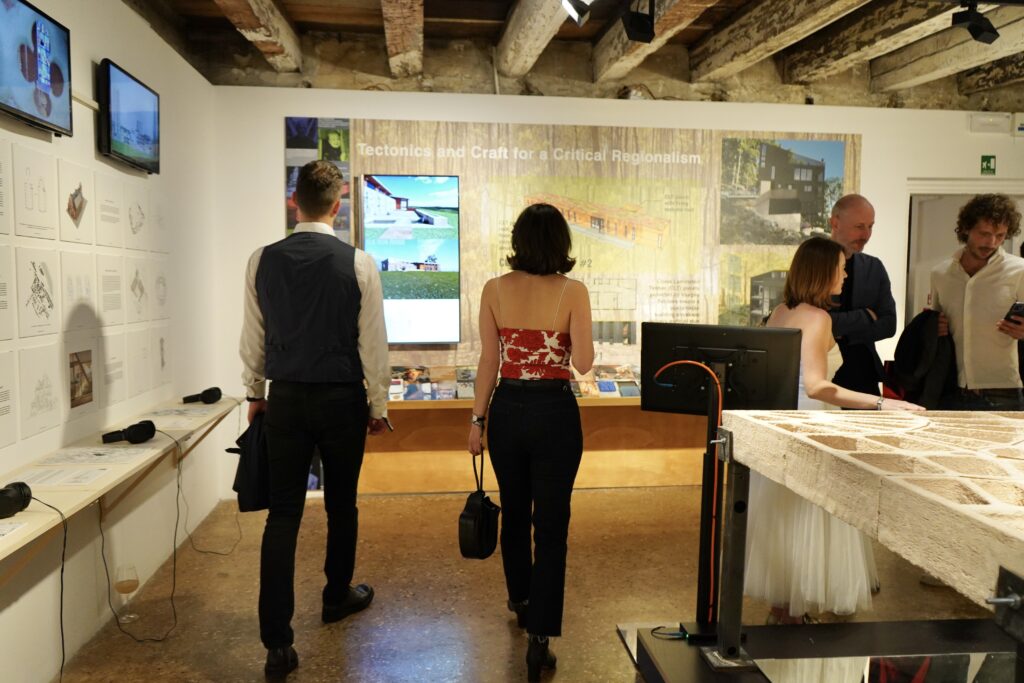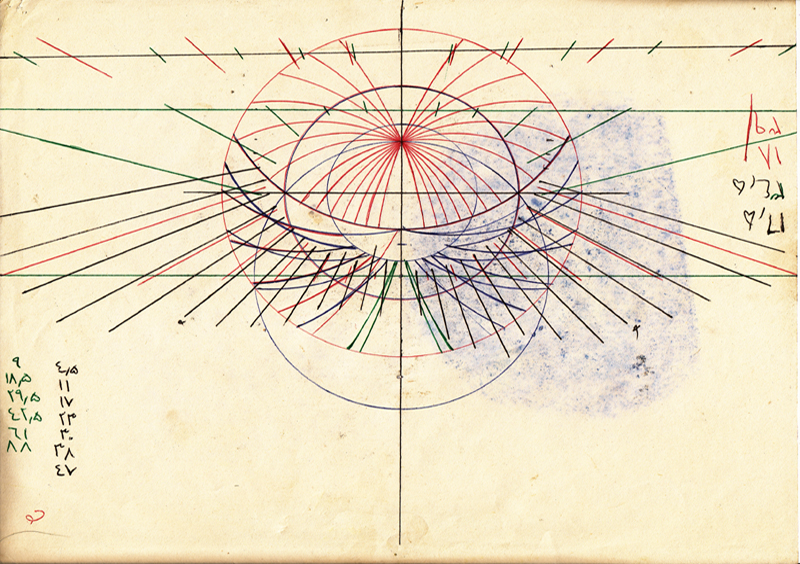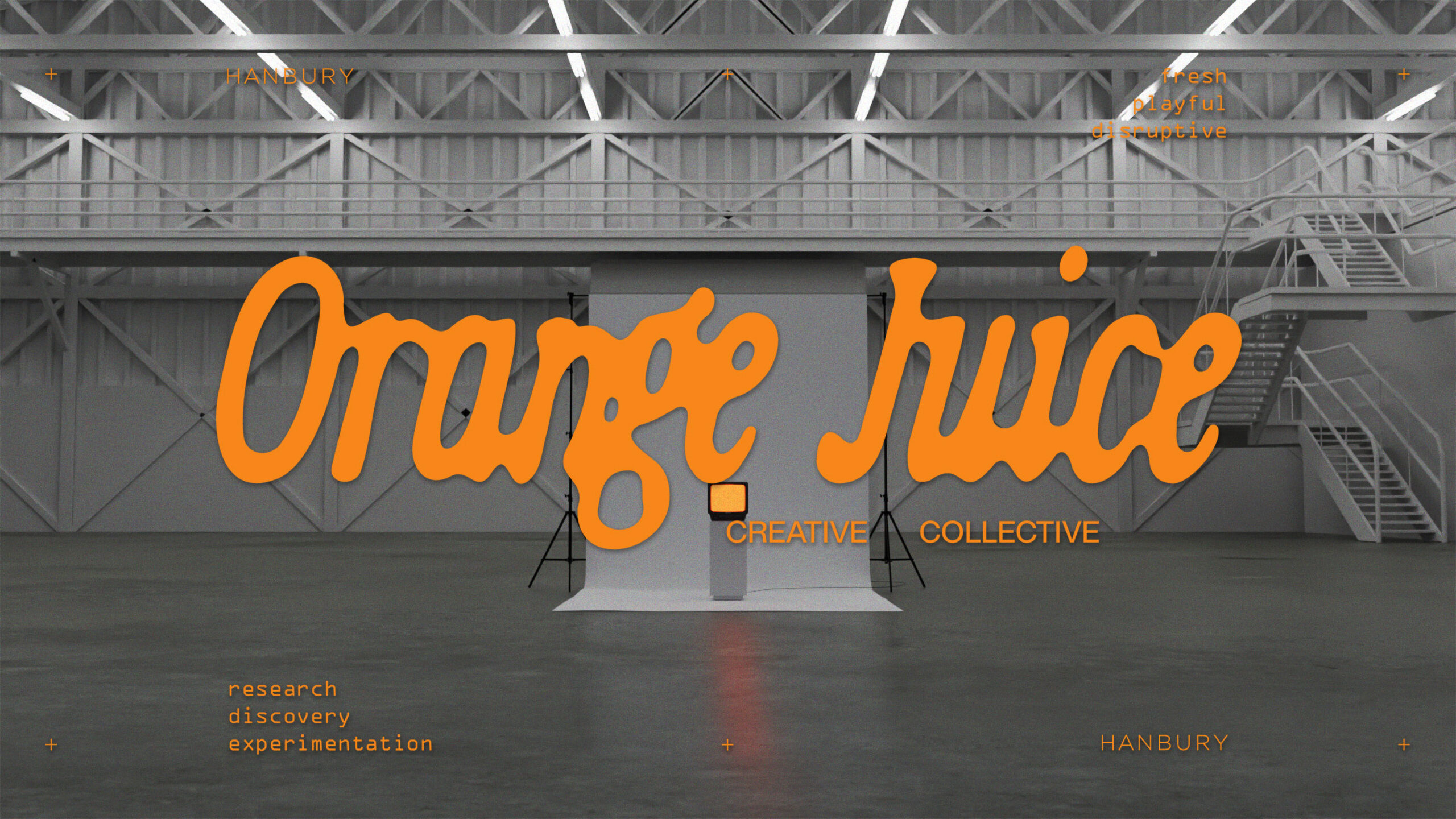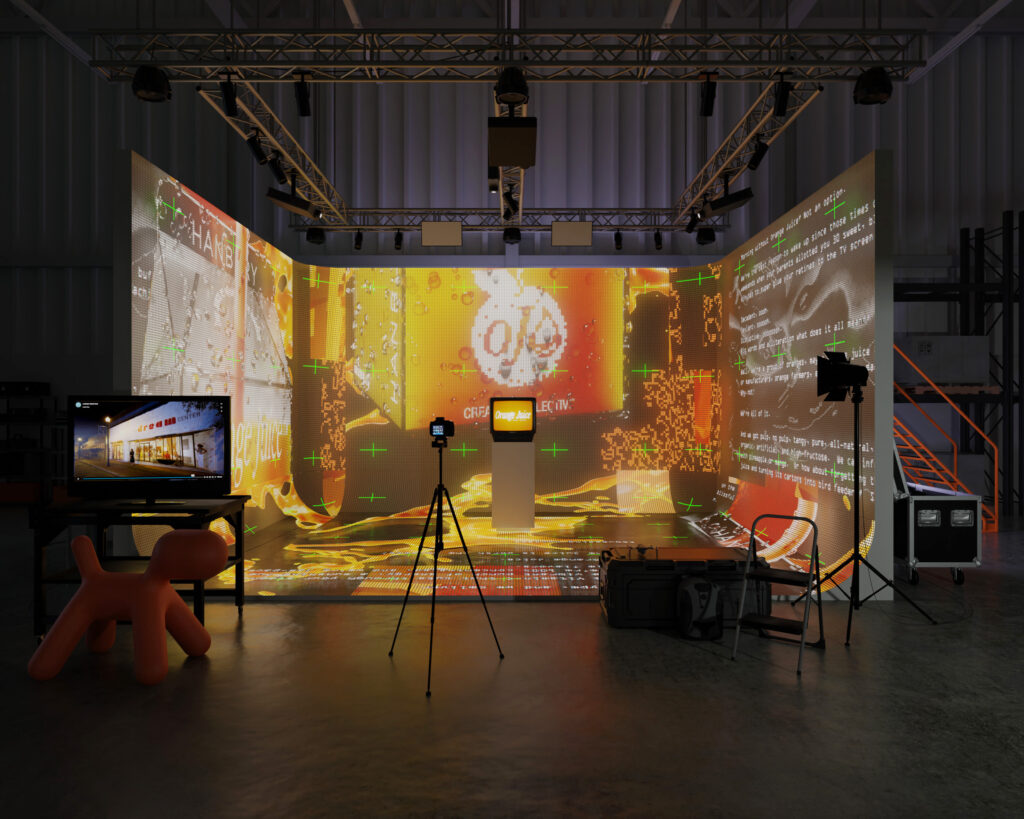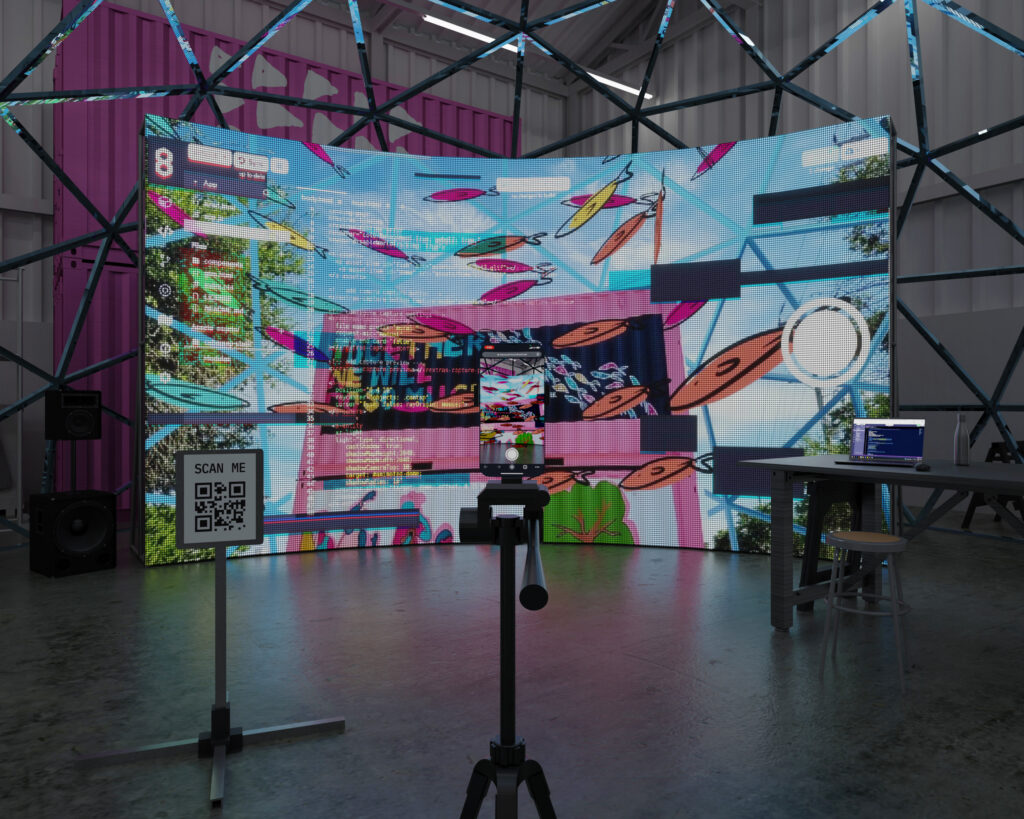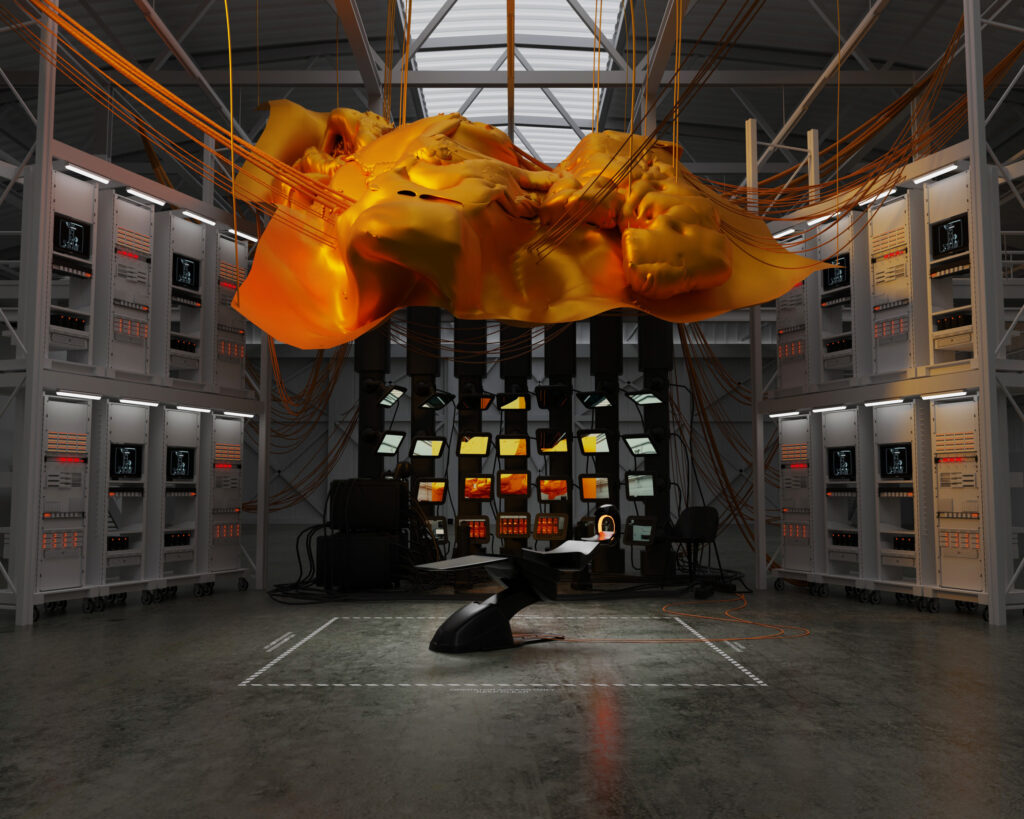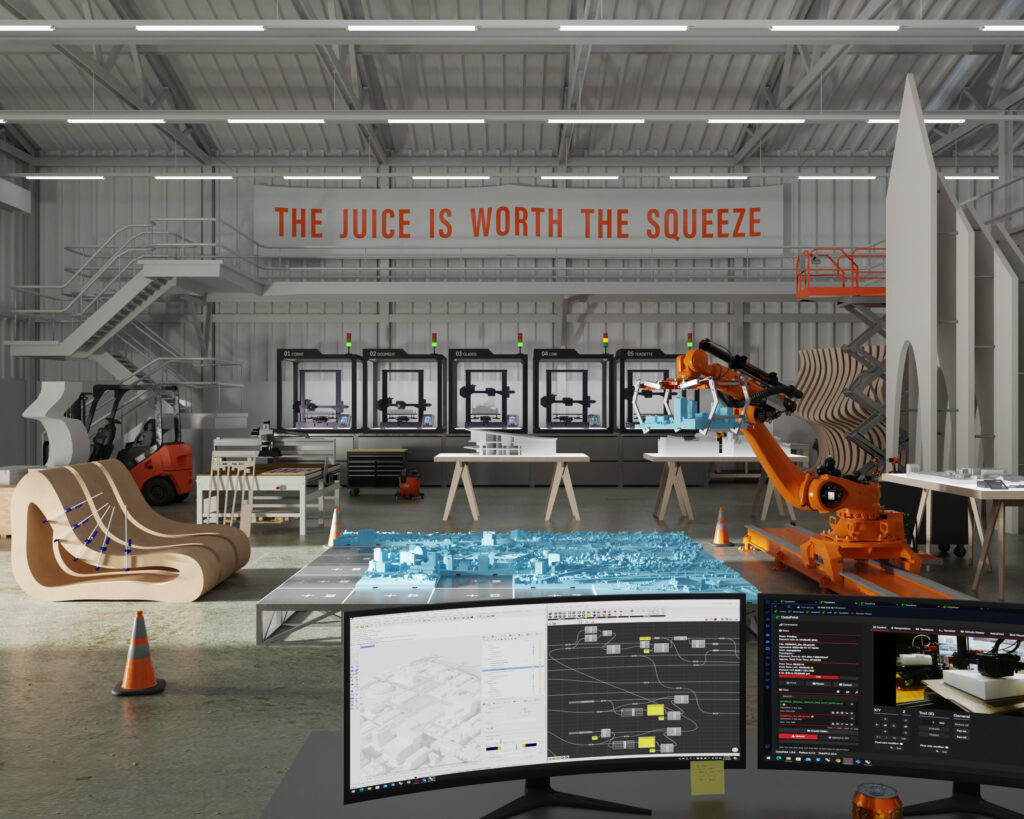By Arnaldo D. Cardona
The term “landscape architecture” can be associated with many fields like construction, design, horticulture, and so on, and finding books about architecture and landscape architecture in college libraries that have programs in both disciplines (or even engineering) will be the most logical place to find them. But, can you find books related to architecture or landscape architecture in college libraries related to medicine, journalism, law, business, pharmacology, human resources or education? How can architecture and landscape architecture be in places where it was not before?
Let me share my personal experience. I had the joy of writing two books: K-12 Landscape Architecture Education (2021) and K-12 Architecture Education (2022), which are interdisciplinary STEAM curriculum guides that put landscape architecture at the center of curricula. Beyond presenting landscape architecture as a design profession, it presents our profession as:
1- a problem-solving method
2- an ideal theme for interdisciplinary curriculum design
3- an educational term defining Architecture and Landscape
With these books now part of Teachers College Library, Columbia University, educators will be able to see landscape architecture as an ideal medium for curriculum design and instruction. Currently, there is a big trend in the pedagogical field in the areas of design education, STEAM education and environmental education; now, K-12 educators will have a comprehensive interdisciplinary curriculum to develop these educational programs.
On Oct. 13, 2023, Teachers College, Columbia University invited me to share my journey in publishing books I previously presented. I had the opportunity to highlight the importance of landscape architecture to the educational world. I shared how these interdisciplinary K-12 STEAM curricula put architecture and landscape architecture at the center of the curricula. I also presented pedagogical definitions of educational terms not identified before, wherein architecture and landscape architecture are
defined not just as professions but as problem-solving methods as well.
On Sep. 15, 2022, Jennifer Govan, Director of Teachers College Library, invited me to do a talk about both books. During this book talk I found out from some attendees that the books are currently being
implemented from Dubai to Hong Kong, in other parts of the nation and close to home (Chesterfield County, Virginia). My mission with these books is to inspire the next generation of architects and landscape architects. I felt honored that the terms “architecture and landscape architecture” are now present in the educational field.
Attempts to reach K-12 audiences have been done but as project-based activities; now with my books, architecture and landscape architecture can be seen as fields of study that promote interdisciplinary, critical thinking STEAM and high-order cognitive skills.
I am a believer in diversifying the profession. That is why, even though I hold a pre-professional degree in architecture and a bachelors in landscape architecture, I am proud to have won graduate scholarships in
the fields of art education and special education. I am always trying to support the importance of scholars seeing architecture and landscape architecture as art disciplines. Doing this opens up the possibility for grants to promote STEAM and K-12 programs in design education. It is my hope that my contribution to the fields of architecture and landscape architecture can be remembered, besides designing built and natural environments, as designing landscapes of learning, and curricula that connect architecture and landscape architecture with the educational field.
Arnaldo Cardona is a retired landscape architect, art and special education teacher, staff developer and college professor. A graduate of Teachers College, Columbia University, with a degree in Art Education, he also holds degrees in Landscape Architecture and Education from City College of New York.
A version of this op-ed appeared in ASLA’s blog The Field under the title “Bringing Landscape Architecture to New Places.” The views expressed here are the author’s own.

